Black hamsters: breeds and their characteristics
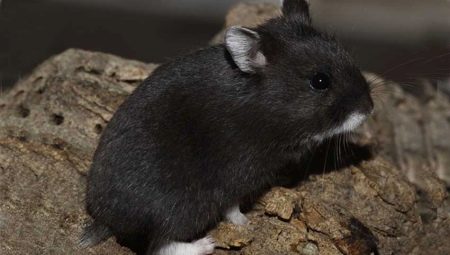
Hamsters are funny animals that parents often acquire for their children who dream of a pet. These small animals differ in breed, color and appearance. Let's take a look at what black hamsters are and how to properly care for them.
general information
The black hamster should have a uniform color, without any blotches of another color. The only exception is white feet, the so-called socks. In nature, such individuals can be found extremely rarely, since this is not even a breed, but the result of crossing a female and a black male.
Is it possible to breed such a small animal at home? In theory, yes, but in practice, problems may arise.... To obtain black offspring, a male and a female of black color and the same breed are required. Failure to comply with this condition can lead to the death of the mother and babies. If we are talking about dwarf breeds, it is permissible to cross between a Dzungarika and a Campbell.
The most common representatives of black color are found among the Syrian and Dzungarian breeds. Let's consider the main features of each of them in more detail.
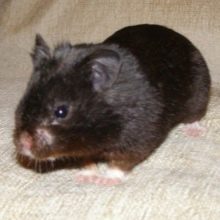
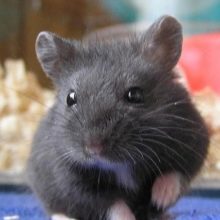
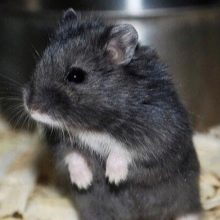
Syrian
The hamsters' primary habitat was, as the name suggests, Syria. It was from there that they were brought to Europe. In addition, the animal can live comfortably in the wild in some regions of Turkey and Georgia. In winter, they hibernate before the onset of heat.
Under natural conditions, this animal can grow up to 13.5 centimeters in length, but when kept at home, they can reach 20 centimeters, which makes them the largest breed in this respect. Hamsters have a very short tail that is not even conspicuous upon visual inspection. This is the main distinguishing feature. Rodents are very clean, they need minimal care, which explains the large number of fans of this breed.
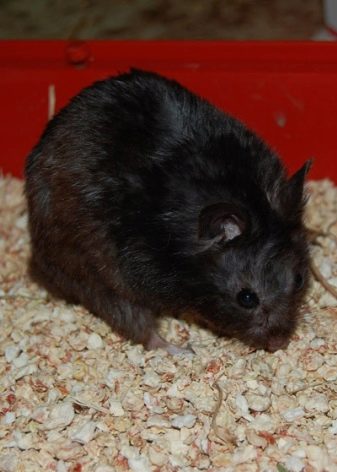

The animals have 4 toes on the front legs, and 5 on the hind legs. The most common color is golden. However, hamsters can be found in white, beige and chocolate shades.
Black rodents are elegant in appearance and are much less common. They have soft and thick fur that is very pleasant to the touch. Another rare color among Syrian hamsters is black and white. Such individuals are also rarely found among the representatives of this breed; they are obtained as a result of crossing a black animal with a white one.
Rodents are distinguished by a calm disposition, they are not at all stupid and can obey the owner. Children especially love Syrian hamsters. In addition, the animals are unpretentious and do not often suffer from various diseases. The main thing they need is clean and fresh water, enough food and the opportunity to keep themselves busy with outdoor games.



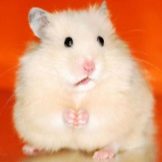
Dzungarian
Quite cute little animals that grow 10 centimeters in length, and their weight can be a maximum of 50 grams. Most often they have a light brown color and a characteristic dark stripe on the back. However, sometimes you can find representatives of this breed of black color, and not only at home, but also in the wild. Breeders have learned to get different colors of jungariks.
These babies are completely tame, in extremely rare cases they are able to show aggression and require love and care. Hamsters are afraid of sudden movements and loud noises and can be easily scared. Hibernation for this breed is irrelevant.
Animals prefer to play mainly in the evening and at night, and sleep in the daytime.
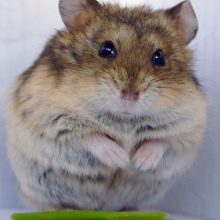
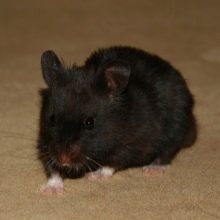
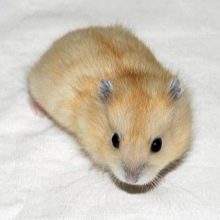
Care and maintenance
Despite the color difference, black hamsters do not require any special maintenance and care. In this case, the main focus should be on the breed.
For example, Dzungarian animals do not require too large a cage due to their small size. A standard or regular aquarium is fine for them. However, when choosing the second option, it must be borne in mind that the walls of the aquarium should be no more than 40 centimeters in height with a length of 100 centimeters. If this condition is not met, there is a risk of disruption of air circulation, and humidity and stuffiness will not benefit the kids. Besides, fresh food will deteriorate much faster, which can threaten the animals with poisoning.
If the owner of a jungarik selects a cage for a future pet, he must take into account that the animal is very small in size and can easily crawl between too wide rods. The distance between them should be minimal.
For a Syrian hamster, a cage of more than medium size is suitable. He himself can be quite large, and space is necessary for animals of this species.
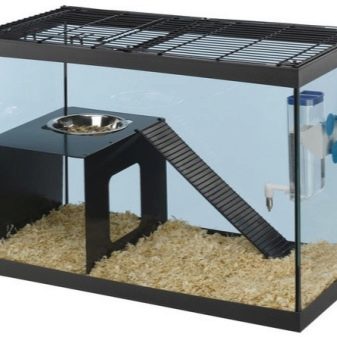
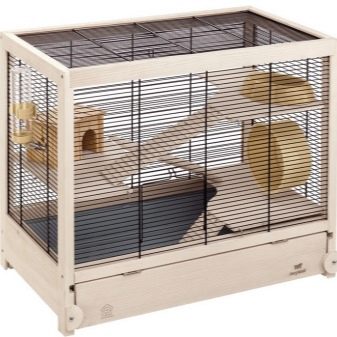
As for the location, in this case, you will also need to comply with some conditions. The animals will feel uncomfortable next to batteries and heaters, near air conditioners, on the windowsill. Direct sunlight can cause heatstroke in pets. They are also very sensitive to drafts and should be avoided as much as possible.
The recommended temperature is at least +20 degrees. If there are other pets in the house, you need to ensure the peace and safety of the hamsters as much as possible. In addition, it should be borne in mind that these rodents are nocturnal animals, and in the bedroom they can interfere with their games and movements at night.

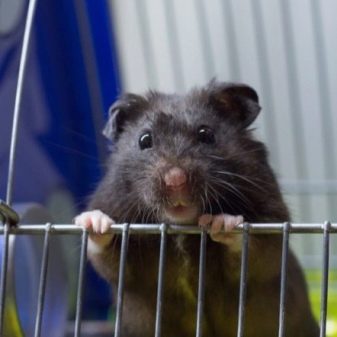
How to equip your home?
Hamsters need shelter. Therefore, be sure to place a house in the cage where they can hide. You also need to take care of the presence of a feeder and drinker. The mineral stone will allow you to grind the teeth on time.It is also useful to toss branches of fruit trees to the animals.
The animal is very active. It is necessary to install tunnels and a wheel for it, then the animals will not be bored. When it comes to bedding, sawdust, which can absorb moisture and odor, is ideal. Despite the fact that the animal is unpretentious to the conditions of detention, it will need care.
The cage should be cleaned regularly, water changed and feed added.
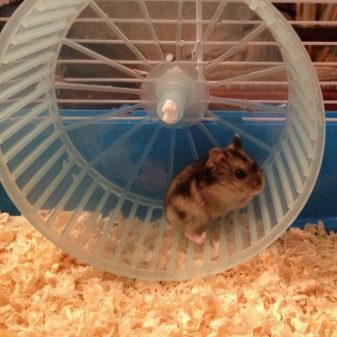
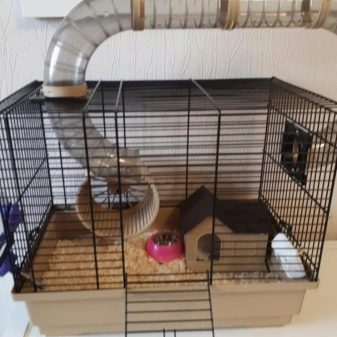
What to feed?
Owners of a black fur coat eat the same food as other hamsters. They are very fond of legumes and grains. A specially balanced feed is an excellent option.
Hamsters, like other animals, require vitamins and nutrients. They enjoy eating fruits and vegetables, but not too sour. Products should be pre-washed to avoid contamination. Exotic fruits should be discarded. Citrus fruits can also cause complications.
Be sure to add protein foods to the diet. Low-fat cottage cheese, fish and meat are very useful for animals. Grapes and raisins can be classified as delicacies, but seedless varieties should be chosen. Dried fruits are a great addition to the main diet.
Don't feed hamsters from your own table. Human food in some cases can even become dangerous to their delicate stomachs. Do not give rodents a variety of sweets, salty foods or foods with a lot of spices. Onions, sorrel and garlic are also prohibited.

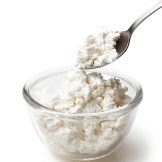


How long do the animals live?
If it was decided to have a black hamster, it must be borne in mind that his life span depends not only on the breed, but also on how competently the owners will look after him. In natural conditions, on average, they live for about 2 years. This is due to the fact that rodents are often hunted by larger animals.
At home, provided that the owners take care of the animal and do everything necessary for its active growth and development, a hamster can live 3-4 years.
However, this happens when stressful situations are excluded as much as possible, and the health of the rodent is closely monitored.
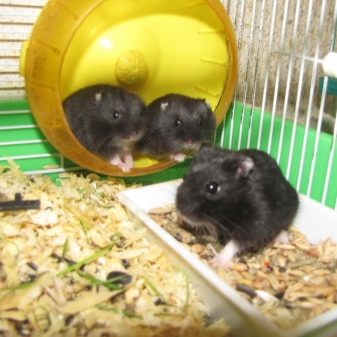
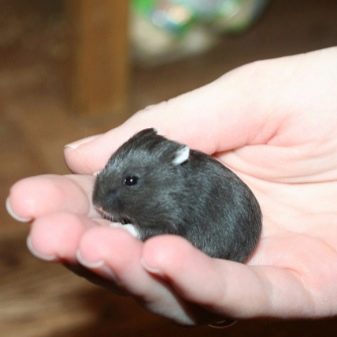
Diseases
Dzungarian hamsters are quite gentle animals. The Syrian breed is more resistant to the development of various diseases. The causes of diseases can be many, mainly the skin of animals, their stomach and respiratory organs are affected. Some diseases can be transmitted genetically. However, in the first place - viruses and pathogenic bacteria.
Infectious diseases can occur due to improper conditions of detention. Cleanliness in the cage and house is one of the most important conditions for the health of pets. Do not leave spoiled food to the hamster. Milk, meat and fish should be given only after heat treatment, and not raw.
In general, improper nutrition often becomes the cause of diseases in rodents, since their metabolism is disturbed. Dzungarian hamsters often suffer from diabetes. Also, remember that hamsters are very active. And this means that you need to closely monitor them, because the animal can fall and be seriously injured.
What symptoms should alert the owner? First of all, a decrease in activity, a manifestation of aggression and a change in weight. Also, the animal may lose its appetite. If discharge from their eyes appears, fur begins to actively fall out, you should immediately seek help from a veterinarian.
Nervous shocks have a very negative effect on animals. Even cleaning the cage should be done while the hamster is not inside.
Avoid sudden movements and loud sounds in the immediate vicinity of the animal.
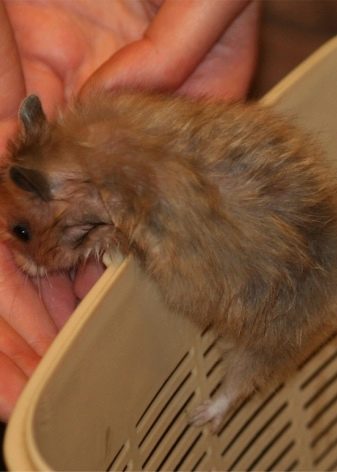
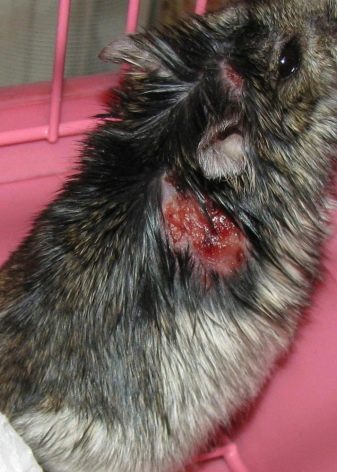
Why does the hamster bite?
If the animal has bitten the owner, there may be a lot of reasons. Of course, in some cases, this indicates his aggressive attitude. However, there are many other factors.
First of all, rodents use their teeth to study the world around them.In addition, the hands may smell like food or something else tasty. The hamster can bite the owner from fright or pain, for example, in the case when they are unsuccessfully trying to pick it up. Also, the animals need to constantly grind their teeth, and they can use the owner's hand for this, if there are no more suitable items in its habitat.
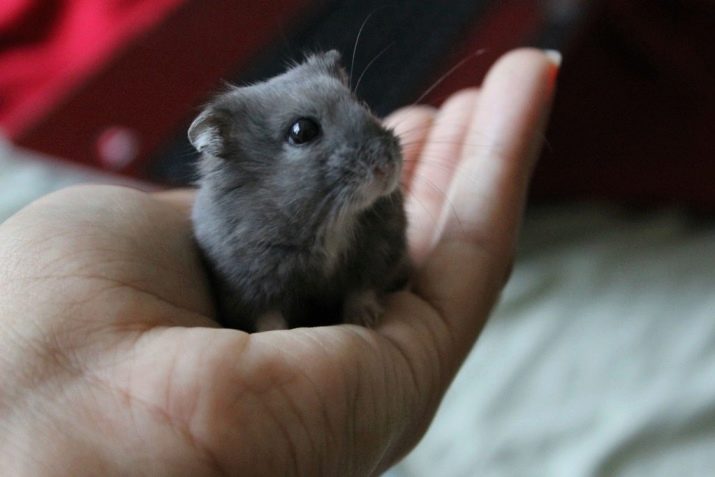
The main thing is not to scold the kids. Most often they bite for some reason. Affectionate treatment and a comfortable environment are the best ways to bond with your pet.
For information on the features of black hamsters, see the next video.








